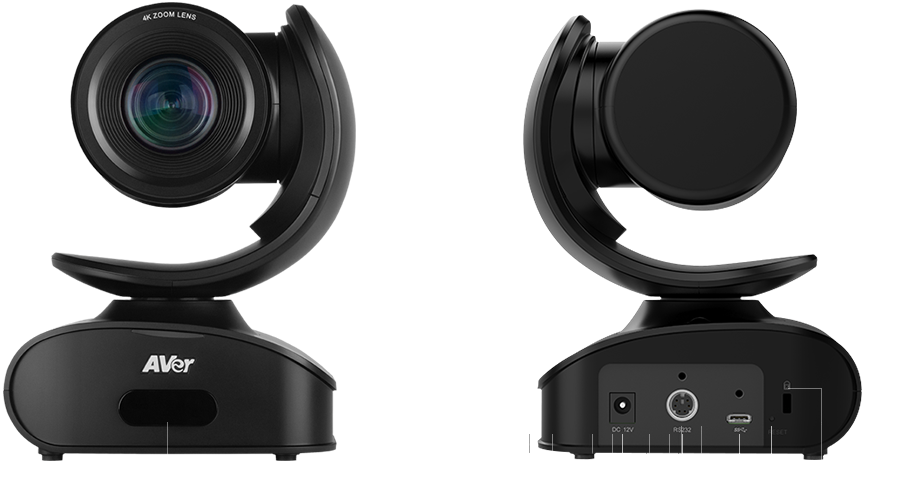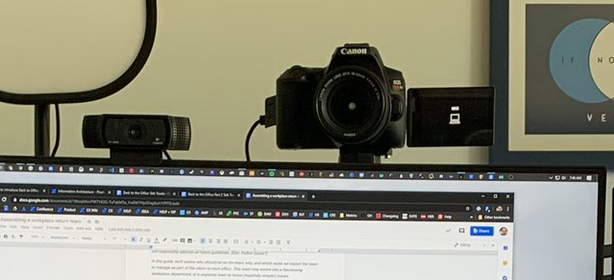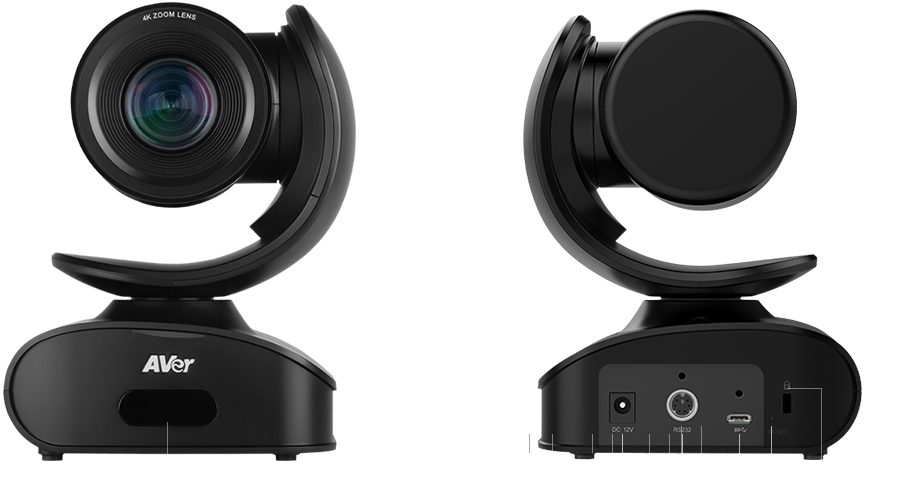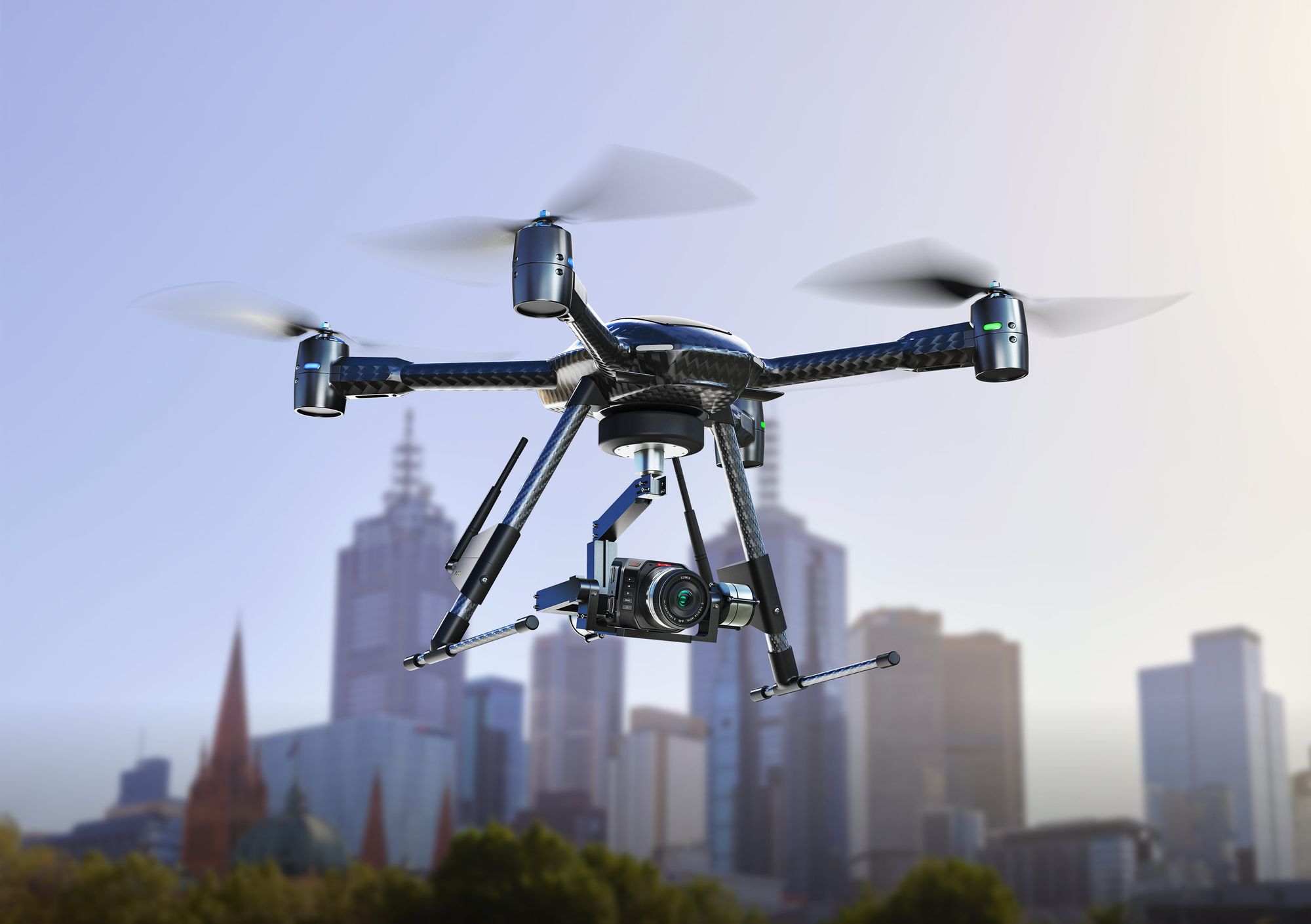The Zoom Glow Up Gradient

Cars, shoes, clothes, watches: trappings of a bygone era. In 2020, the quality of our signal is the signal. Here's a list of resources I've found to glow up your guise. Prices range from free to all-in.
This post was inspired by various articles demonstrating photography-cameras doubling as superior web-video cameras. I tweeted my interest, and friends clued me in to the full spectrum of options - thank you! Your mileage may vary- supply issues are skewing MSRP significantly, if the items are even available. Still, you may find inspiration if not pockets of inventory.
Cheap Tricks
Courtesy of @bdarfler, our first technique is a surprisingly effective way to simulate a quality camera's depth of field effects - for the low, low price of nothing at all (provided your computer is powerful enough to do virtual backgrounds)
I'm totally doing this tomorrow:
— Ben Darfler (@bdarfler) May 6, 2020
- Capture your office without you in it
- Blur it in a photo app
- Use it as your virtual backgroundhttps://t.co/qs6j4GCAoR
Sadly, your computer's built in camera can only take you so far. If only we could... oh right, your iPhone is basically the best camera you've ever owned. Why not just use that? Well, you can!
Kinoni's EpocCam WebCam app is Macworld's recommendation for re-purposing your iPhone (or your last iPhone, the one you've been continurally forgetting to re-sell) into a high-quality webcam. The software offers plans from free to a whopping $20. Treat yourself.
Your savings from a canceled flight (or two)
Here we can explore the prosumer options. First we have the Logitech Brio - a $200 (if you can find it) 4k monitor-mounted web camera - thanks @bwhalley.

Simple, relatively in-expensive, the quality is 4x most built-in cameras, and 2x most external ones.
From here, your options get a bit more involved. One of the trendiest methods is to re-purpose a digital camera into a streaming video source. Between high quality sensors, and swappable lenses, you'll be able to achieve a great video feed - at the expense of more money, and somewhat annoying configuration work.
The most direct option is using Cannon's EOS WebCam software (thanks for the tip @zachdunn!) Unfortunately, it only runs (for now?) on Windows, but it does work with their Rebel SL3. You may be able to find a used/refurb one for $400.

If you're not using Windows or don't have an appropriate Cannon camera, Elgato provides a HDMI to USB bridge that will support 4k video streaming. It's known as the Camlink and it's intended to retail for $129 - but at the time of publication, you'd have to shell out about $350 to get your hands on one. There are a host of issues to work through if you go this route. Will your camera support it? Will your camera stay on that long?
The best resource I've found for going down this path is an excellent article by Aaron Parecki (@aaronpk) , "Tips and Tools for Improving your Remote Meetings and Presentations on a Budget" (where budgets range from free to $1000). The options in this article are more involved, and assume "normal era" retail MSRP, yet full of great advice.
You've paid more for a suit
Our first "anything worth doing is worth doing well" option is the AVer CAM 540 ($980 on Amazon)

This is a high-end "enterprise-grade 4k camera" - and it's pretty damn slick. Why chain yourself to your desk chair when your camera can cover the entire room, and multiple participants? You'll be the swankiest couple at the next Zoom birthday brunch! This is the polished person's choice for the multi-modal home office. (thank you for the share, @pakman)
But let's be honest, you can't be chained to your desk, or even an office. Thanks to @dboskovic, this last option takes it to the sky, where you'll be 6,000 ft above the competition.

Blackmagic's Micro Cinema Camera ($995) is a versatile platform for customization via accessorization. What can you do with it? Honestly, I'm not really sure. But it's sexy and expensive, and that's enough to stir the consumer imagination!
Whatever path you decide to go down, a little bit of effort can make you stand out from the virtual crowd, and make you the envy of your peers. To your health, and great Zooming!
